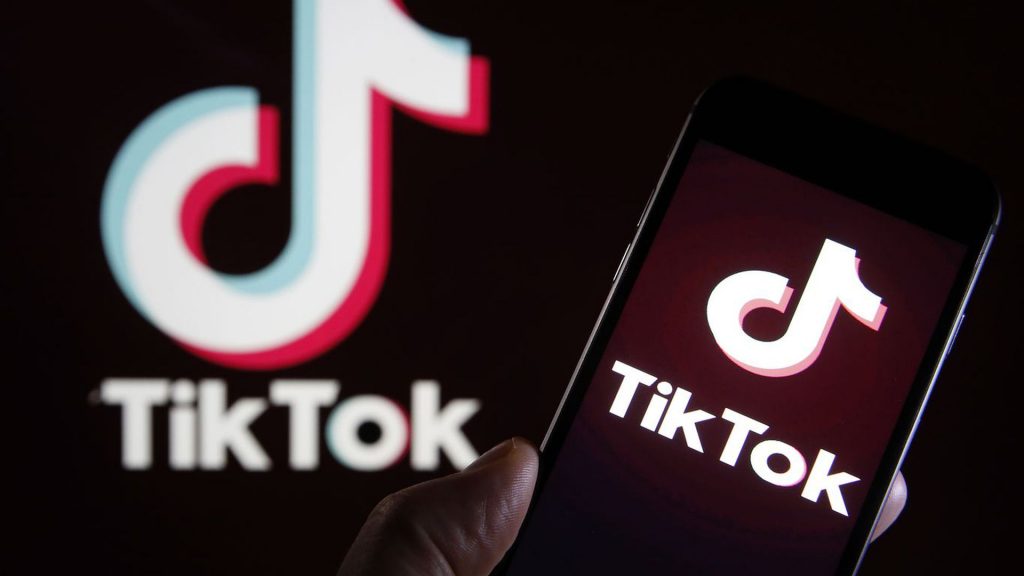

Recently, Above the Law published an article about how the U.S. Copyright Office tweeted incorrect copyright advice, showing just how complicated the Copyright Act of 1976 is. Given the current state of affairs due to the ongoing effects of COVID-19, most people are home bored. And what do people who are bored do? A quick browsing of social media shows that people will do just about anything to pass the time. Celebrities and musicians are posting massive amounts of content, some of which has never before been released to the public. But what happens when some of that content goes viral? What about that new song that is super catchy and becomes the sound behind a viral dance? What about the “influencer” that has their sound shared and re-shared? Are social media sites really protecting their users’ copyrights or is it a free-for-all?
Social media has continued to grow at an exponential rate. Companies, celebrities, musicians, and influencers all make money from the content they produce. When this content is shared, many users believe that “tagging” the original user is sufficient, however, that is not the case. A quick read of many media sites states that the user who posts the content retains the intellectual property in that content. This means that any user who wishes to post the content of another must have the original user’s permission, not merely give them credit.
A copyright grants an exclusive legal right to a creator, or assignee, to print, publish, perform, film, or record literary, artistic, or musical material and to authorize others to do the same. Enforcement of a copyright depends on the nature of the content seeking to be protected. The Copyright Act of 1976 lists the various forms of works that will be protected: literary works, musical works, audiovisual works, sound recordings, and many others. A work must meet one of the specific definitions in order to receive copyright protection. But what happens when the creator of the work does not get protection because the entirety of the work is not infringed?
One of the most recent social media apps to come on the scene is TikTok. TikTok allows users to share short videos with accompanying audio. The audio can be original to that user, or it may be another users. Under the Copyright Act, the majority of TikTok videos would be protected as an audiovisual work. Audiovisual works are defined as “works that consist of a series of related images which are intended to be shown by the use of machines . . . together with accompanying sounds, if any, regardless of the nature of the material objects . . . in which the works are embodied.” So long as the audio and video stay together, the work will be protected. However, when the audio is removed from the video, it itself will not receive copyright protection.
Per TikTok’s Intellectual Property Policy: “TikTok respects the intellectual property rights of others, and we expect you to do the same. TikTok’s Terms of Service and Community Guidelines do not allow posting, sharing, or sending any content that violates or infringes someone else’s copyrights, trademarks or other intellectual property rights.” However, by allowing users to divorce the user’s audio from the user’s video when it is shared, it appears TikTok is allowing infringement, even if the infringement is unlikely to be found by a court. Yes, TikTok credits the individual who created the audio, but again, that is not the permission needed to protect the owner’s interest in their copyright. The main issue facing users who want to protect themselves is that it is unlikely a court will find the audio to be a separate creation, and therefore protectible.
TikTok does provide a remedy of sorts; it will take down material that is infringed by pulling it off the site after the true owner gives TikTok notice. TikTok’s policy requires that the complaining party provide:
- An email address, physical address and a phone number so that we and the uploader of your work can contact you;
- A clear and complete description of your work that you believe has been infringed;
- The URL or other identifying location of the allegedly infringing work;
- A statement that you have a good faith belief that use of the material in the manner complained of is not authorized by the copyright owner, its agent, or law;
- A statement, made under penalty of perjury, that the above information is accurate, and that you are the copyright owner or are authorized to act on behalf of the copyright owner; and
- The physical or electronic signature of the copyright owner or an authorized representative of the copyright owner.
Requiring the infringed party to notify the platform of the infringement is nothing new. But given TikTok’s global presence, this requirement acts to chill an individual’s interest in protecting their mark. A content creator would have to engage in near constant surveillance of the app with approximately one billion users world-wide. Even after meeting the notice requirement, the remedy is removal. This is in stark contrast to a court ruling, which would award about $150,000 for each infringement. Additionally, merely removing the video does not address the chance where the infringing individual receives improper credit for the creation of the content, and not the original creator which could result in further harm to the true owner.
Perhaps the best way to protect content is to not post it at all, an option not feasible for those who make a living on the production of content. The next best option would be to include a notice that the content is copyrighted material and may only be shared with the owner’s permission. But even then, giving the structure of TikTok, being able to divorce the audio from the visual, a creator is likely to still be left unprotected. As Above The Law pointed out, given that the Copyright Office provided incorrect advice on its area of expertise, how could any average user of social media know what to do to protect themselves from accidentally infringing or being infringed upon?
Sources
Copyright Act of 1976, 17 U.S.C. §§ 101–106, 504 (2012).
Sherisse Pham, The Company That Owns TikTok Now Has One Billion Users and Many are Outside China, CNN Business (June 20, 2019).
TechDirt, Why is the Copyright Office Celebrating That All Our Cute Pet Photos Are Locked Up Under Copyright?, Above The Law (April 17, 2020).
Photo courtesy of Axios

